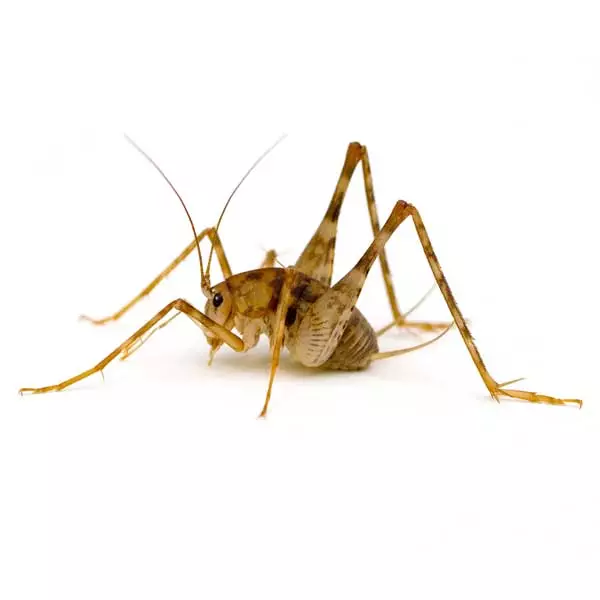They attract mates by emitting a smell.
Spider crickets in attic.
These environments provide both water and food.
There are a number of spider cricket species.
If crickets make it to your ceiling space you will not be able to kill them with the usual shoe or rolled up newspaper.
I don t want to place any bait traps as it might draw new ones.
Spider crickets can live in a home for long periods of time without.
Spider crickets can become a pest in and around the home.
Place a few spoonfuls of molasses in a shallow bowl and fill it halfway up with water.
Their plump beige bodies with darker brown markings can grow as long as 4 inches.
They love dark damp cave like settings where they can nest.
Most pests want to live where people live but spider crickets are different.
They attract mates by emitting a smell.
Spider crickets don t attract mates by making chirping sounds with their legs and body like the common cricket.
The attic is mostly installation so walking around isn t easy unlike what they show in the movies or television.
The asian version has begun proliferating on the east.
Crickets love molasses and they ll hop into the bowl when they smell it.
Installing a temporary sugar trap should get rid of most of them and then an insecticide spray will remove the rest.
The wife doesn t want to use the fog bomb in the attic because she would want it cleaned up afterwards.
Empty the bowl frequently.
Sounds like the crickets made their way into my attic.
Spider crickets also known as sprickets cave crickets or camel crickets get their name from their hunched back and their long legs which resemble a spider s.

